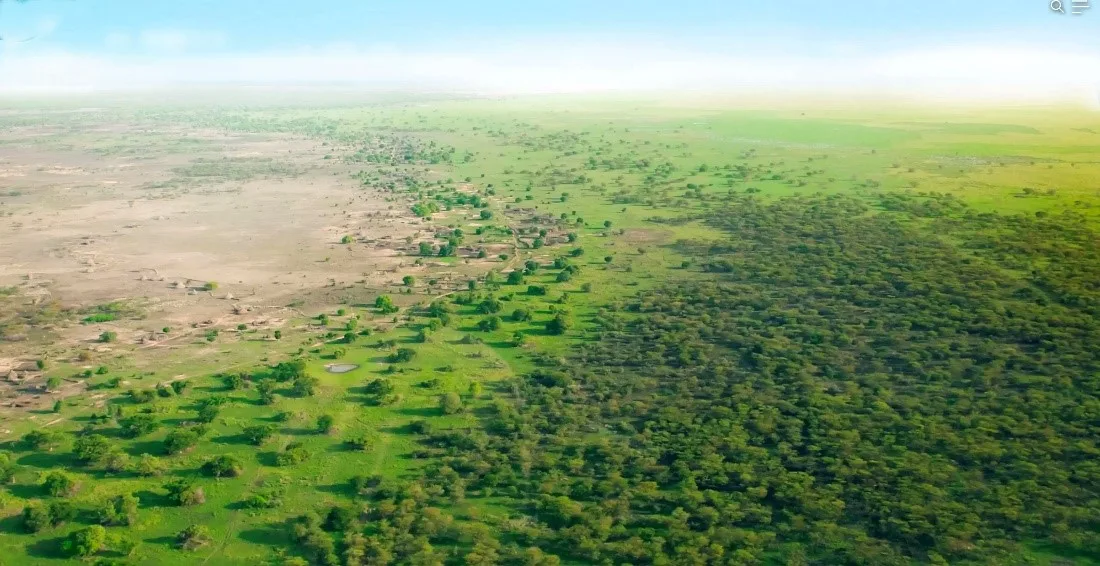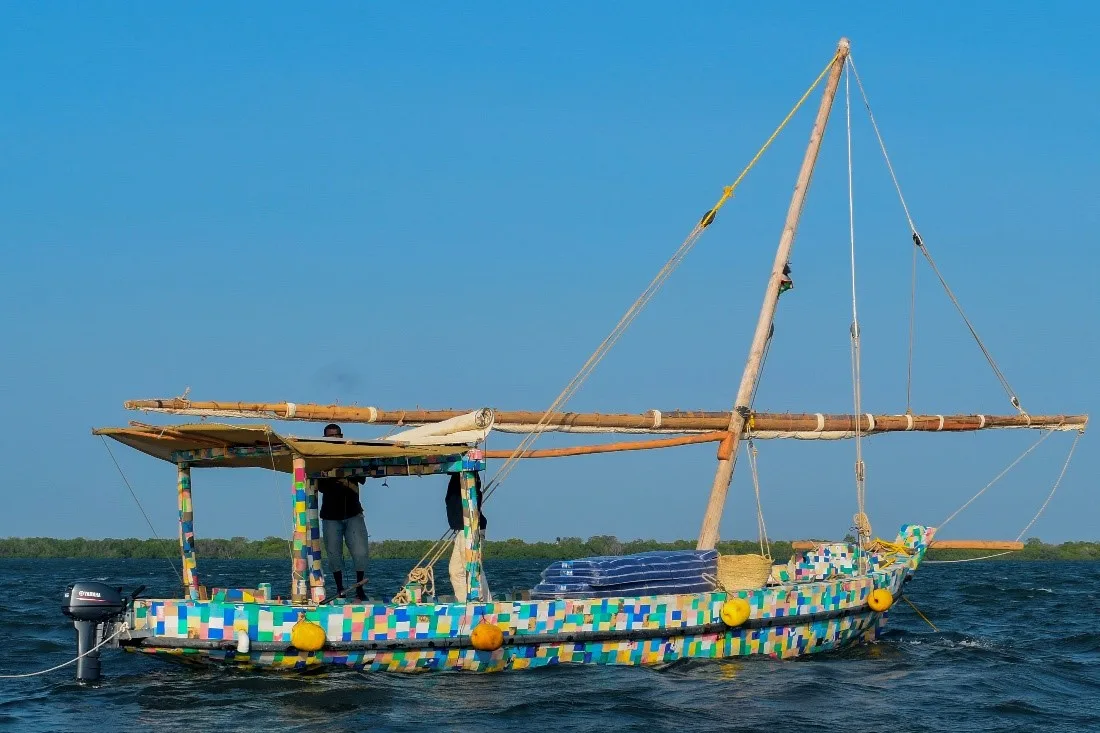Sustainable innovation is all about keeping things going in a good way. It means businesses always trying to make things better for growth, being better than others, and having more customers. To make this happen, a company needs a good plan and structure, using resources wisely and showing that the changes they make are worth it.
"Sustainability" is also about ensuring the planet stays good for the people who come after us. Many new ideas focus on fixing problems like pollution and helping everyone live well. The United Nations has big goals to make life better for everyone, covering social, environmental, and financial issues.
At Solutions, we are all about helping small businesses grow in a good way. We follow the idea of making things better for everyone, not just about making money.
Sustainable innovation needs to be part of how a company works, not just a special department.

Three key differences that set sustainable innovation apart:
Sustainable Business: Embracing the United Nations Sustainability Goals, sustainable innovation aligns with consumer demands for fair working conditions, eco-friendly processes, and community improvements. Companies committed to sustainable business practices understand that ethical considerations influence consumer decisions.
Corporate Culture: Unlike traditional innovation confined to R&D departments, sustainable innovation thrives when deeply ingrained in a company's culture. It disrupts business models, processes, and resource flows, challenging corporations to evolve and adapt to societal and environmental needs.
Systems Thinking: Sustainable innovation emphasizes collaboration and a cross-discipline approach. Companies must consider the broader impact of their innovations on stakeholders, the environment, and society, transforming the traditional corporate "value chain" into a more holistic "value web."
Approaches to Sustainability:
Green Design: Optimising individual aspects of product design, such as replacing virgin plastics with recycled materials.
Eco-Design: Expanding focus to the entire product life cycle, including material choices, manufacturing efficiency, and product longevity.
Sustainable Product Design: Incorporating social fairness into design, addressing the triple bottom line of people, planet, and profit.
Design for Sustainability: Applying a systemic lens, considering symbolic communications, material objects, activities, and complex systems or environments. Democracy and justice become integral aspects.
Transformative Design: Encompassing all previous approaches while designing entirely new ways of thinking about the human experience in the future.

Three inspiring sustainability projects in Africa:
The Great Green Wall: Aiming to restore 100 million hectares of degraded land across Africa, creating the largest living structure globally and addressing 15 of the 17 UN Sustainable Development Goals.

FlipFlopi Initiative (Kenya): Using discarded plastic to construct traditional Kenyan boats, raising awareness about single-use plastics and inspiring action against plastic pollution.

Sand Dams and Water Conservation: Tackling water scarcity through sustainable sand dams, offering a long-term solution to water preservation, food security, income generation, and increased biodiversity in semi-arid climates.





